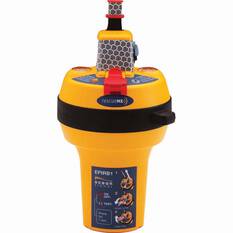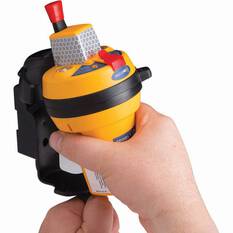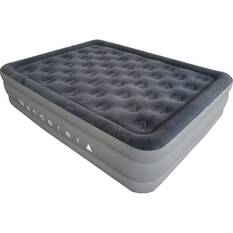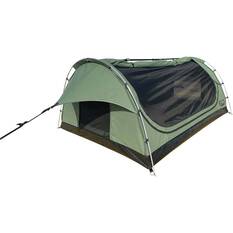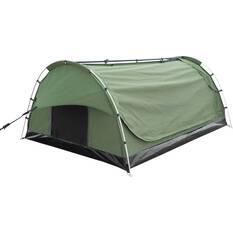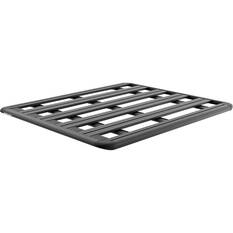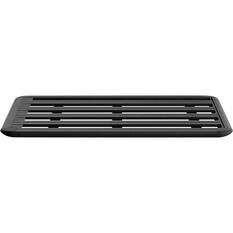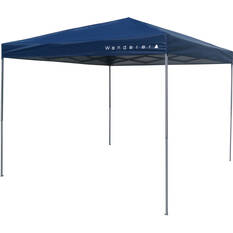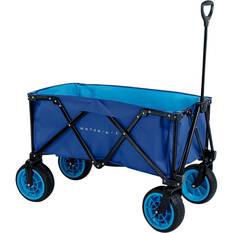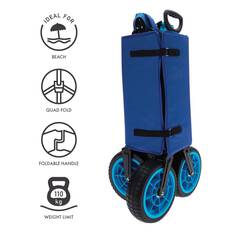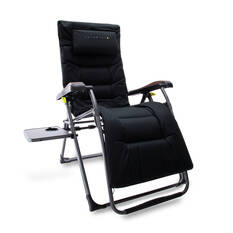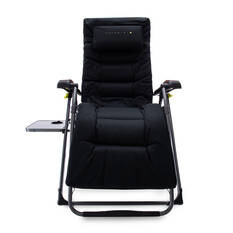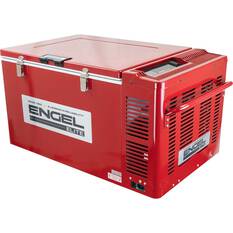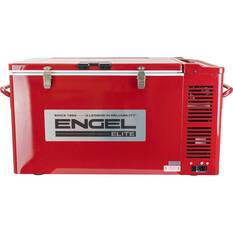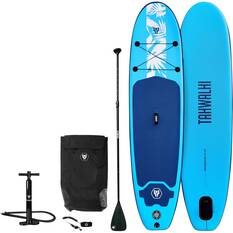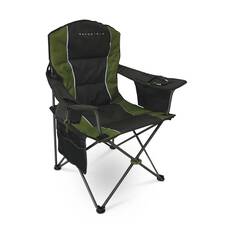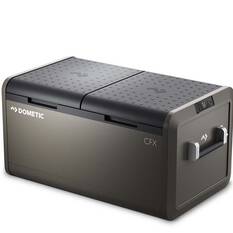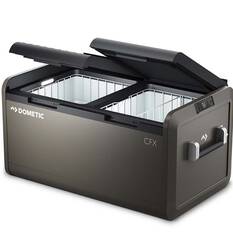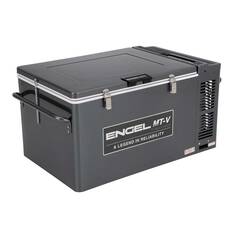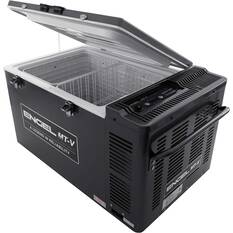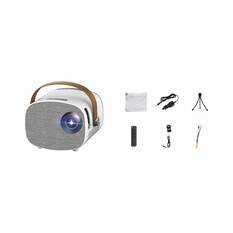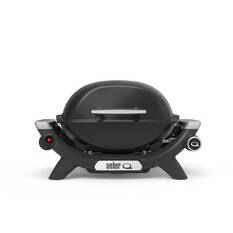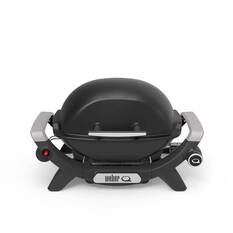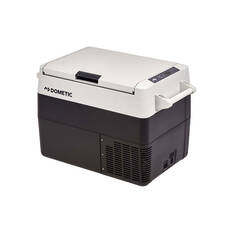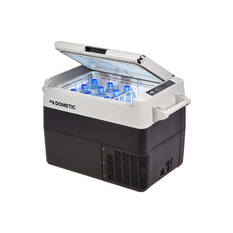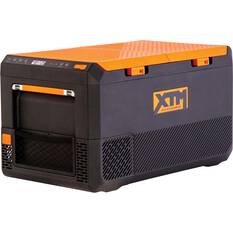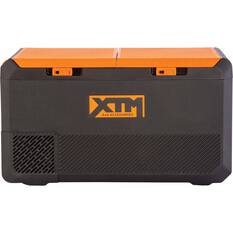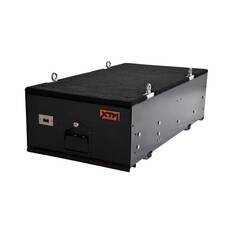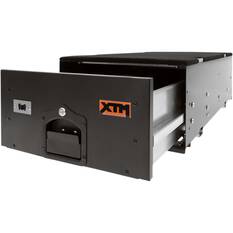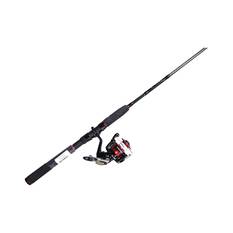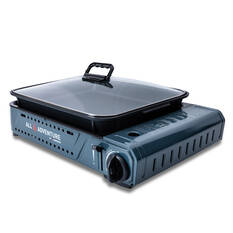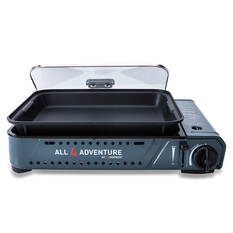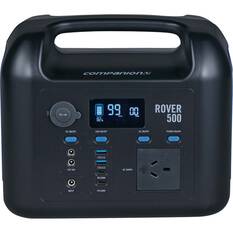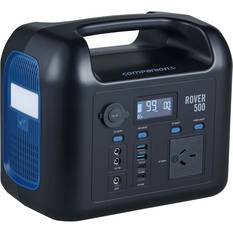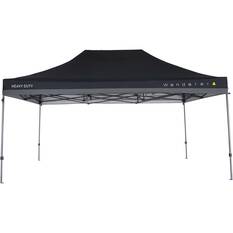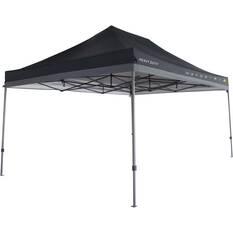EPIRBs
Filter by
Sorting by
Filter by
What is an EPIRB?
An Emergency Position Indicating Radio Beacon, or EPIRB as they are most commonly known, is an essential piece of safety equipment that must be included on-board all vessels intended for offshore purposes. They are used to notify and alert search and rescue to boats or persons in distress and in need of immediate rescue. The EPIRB transmits a distress signal via satellite, which is then transferred to the rescue service centre or coastguard closest to your location. Since its inception in the 1950s to aid the US military, the EPIRB has been refined to not only help people on or above land but also in our oceans. With technology continuing to develop as the years go by, the accuracy and overall effectiveness of these safety devices continue to improve, and many lives have been saved due to these improvements. Remember that EPIRBs require activation for a distress signal to be sent.
Do you need an EPIRB?
All recreational vessels and PWC (Personal Water Craft) operating beyond smooth and partially smooth water, further than two nautical miles from the coast, must carry an approved 406 Mhz digital EPIRB. The EPIRB needs to be registered with the Australian Maritime Safety Authority and comply with the current Australian standards. PLBs (personal locator beacons) are another form of locating device worth mentioning, unlike an EPIRB which is registered to a vessel a PLB is registered to a person. PLBs are lighter and more compact, however cannot take the place of an EPIRB on your boat. EPIRBs will constantly transmit for 48 hours, while a PLB will only transmit for 24 hours and does not comply with safety requirements. If possible, the use of both EPIRB and PLB in conjunction will give you the maximum level of safety and help in the event of an emergency.
Keep your safety equipment on hand and easily accessible with the use of a waterproof grab bag, this can also house other safety equipment such as flares, a V sheet and a bailing bucket. Avoid stowing your EPIRB in a location that is hard to access, in an emergency such as a sinking vessel it can be the difference between life and death.
What is the difference between GPS vs non-GPS fitted EPIRBs?
Although both GPS and non-GPS fitted EPIRBs are equally capable of sending a distress signal to rescue services there are a few differences between the two that are worth noting before you rush out and buy one.
GPS
- 406Mhz EPIRBs with GPS track have an accuracy of roughly 120 metres radius
- Takes up to 20 minutes for EPIRB to provide search and rescue services with your location (if EPIRB is deployed correctly)
- GPS fitted EPIRBs normally have a higher price tag
Non-GPS
- Emergency beacons without a GPS can only be localised to within 5 kilometres.
- Can take between 90 minutes – 5 hours for EPIRB to provide search and rescue services with your location
- Non-GPS fitted EPIRBs are normally inexpensive for boaties on a budget
What do you do when your EPIRBs battery is due to expire?
EPIRB batteries have a lifespan between 5-10 years. Once the battery has expired you have two choices, either purchase a new EPIRB, which will provide you the security of a new unit with 5 years warranty or replace the battery, which involves first contacting the manufacturer for battery replacement and servicing options. Only an authorised service centre is capable to work on your device for it to remain compliant with current Australian standards.


